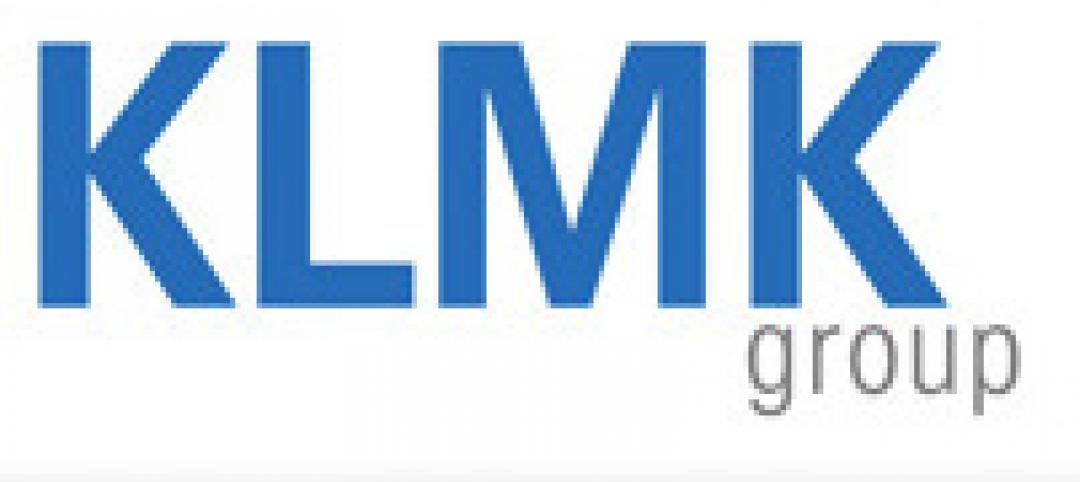FMI, a leading provider of management consulting and investment banking to the engineering and construction industry, announces the release of the 2014 Fourth Quarter Nonresidential Construction Index report.
The NRCI shows a slight increase from 62.5 in the third quarter to 62.8 in the fourth quarter of 2014. This is nearly 5.5 points ahead of fourth quarter 2013. An NRCI greater than 50 indicates improvement or expansion.
There are many good reasons for optimism by NRCI survey respondents this quarter. The top-three are: businesses are starting to build again, backlogs are expanding, and future business looks good with low inflation. A close fourth is a sense of financial security with improved balance sheets.
However, the costs of labor and materials are still on the rise, thus holding down the overall NRCI score. In addition, nearly one-fourth of the panelists expressed concern about the availability of skilled labor.
To download a copy of the full report, click here.
About FMI
FMI is a leading provider of management consulting, investment banking* and research to the engineering and construction industry. FMI services all segments of the industry providing clients with value-added business solutions.
Related Stories
| Jun 8, 2012
Allsteel names Kris Yates to head architectural products group
Yates is responsible for the start up, launch and ongoing sales and marketing of Allsteel’s new Beyond movable walls.
| Jun 8, 2012
Chestnut Hill College dedicates Jack and Rosemary Murphy Gulati complex
Casaccio Yu Architects designed the 11,300-sf fitness and social complex.
| Jun 7, 2012
Waterline exhibition displays visions for re-thinking the Chicago River
The designs of Waterline showcase why the Chicago River should once again be considered the city’s most important asset and sets the stage for increased awareness, education and reinvention of the River.
| Jun 7, 2012
WDMA and FMA to affiliate and integrate operations
Over the coming months both organizations will begin the process of formalizing the details of the agreement for final approval by both organizations, with the formal change expected to take effect in January 2015.
| Jun 7, 2012
Craig joins Cannon Design as associate principal
Craig will work closely with the firm's Corporate/Commercial Interiors leadership to help facilitate initiatives that strengthen awareness around workplace innovation and offer counsel on strategic workplace decisions.
| Jun 7, 2012
Stantec publishes 2011 corporate Sustainability Report
Stantec's fifth annual Sustainability Report was prepared in accordance with the internationally recognized G3.1 Sustainability Reporting Guidelines, developed by the Global Reporting Initiative.
| Jun 6, 2012
KPF designs tower for Yongsan IBD
The master plan, created by Studio Daniel Libeskind, is a dynamic urban environment containing contributions from 19 different architects practicing in diverse locations around the globe.
| Jun 6, 2012
SOM urges Chicago tenants to partner with landlords to cut energy use
Tenants can exceed building energy challenge targets recently announced by Mayor Emanuel.
| Jun 6, 2012
KLMK Group awarded contract with Parkland Health & Hospital System in Texas
KLMK will also provide planning guidance in all aspects of the project related to facility activation.
| Jun 5, 2012
Cannon Design joins forces with Peter Ellis New Cities
Peter Ellis will now lead Cannon Design's urban planning and city design practice in collaboration with the firm's executive leadership.

















